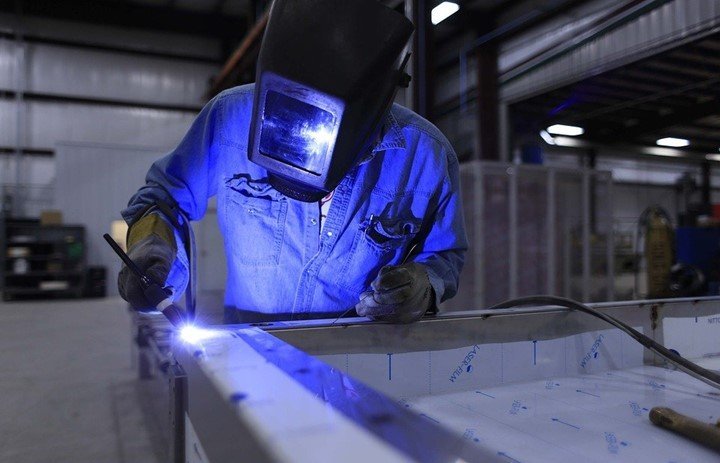Welding is a process where two or more metals are joined at a high temperature that burns the metals. The history of welding can be traced back many years ago when Glaucus of Chios inverted iron welding, which was used to construct the Iron pillar of Delhi. Therefore, welding is a practice that has been taking place since ancient days.
The process of welding involves heating metals and allowing them to cool hence facilitating fusion. Beneficially, welding products are vital in different fields such as building and construction, among other fields. However, welding has various advantages and disadvantages.
Pros of Welding
1. Less workspace- minimal space is required to carry out welding. This makes it a simple and cost-effective task as one doesn’t need to own large working space.
2. Cost-effective- the speed of fabrication is faster and cost-effective has only a few materials are required. This saves the cost that would be incurred when the industrial fabrication would be used.
3. Promote recycling- welding is an environmentally friendly process that has to promote the recycling of broken metals and other materials that can be welded. By doing so, it saves a lot on the cost of buying new equipment.
4. Less noise- the process of welding is usually associated with minimal noise compared to that produced by industries that weld metals. Therefore, there is a conducive working environment.
5. Permanent connection- when a permanent connection is needed between two or more metals, welding got you covered. The metals are heated (welded) and allowed to cool to join. It forms not only a connection but also a strong connection that can be broken easily.
6. Income- welding is a source of income for welders. It has secured jobs for many people who would be unemployed and thus improving their living standards.
Cons of Welding
1. Health effect- during welding, a lot of energy is required, which produces strong radiations that may harm a human being if not controlled. Also, long exposure of eyes to these welding rays may cause blindness.
2. Skilled labor and electricity- in most cases, the welders have to be trained on how to use the welding equipment, and thus only the trained personnel can do this task perfectly. Besides, another method of welding requires electricity. This poses a great challenge to areas with no electricity.
3. Not all materials can be welded- this process cannot perfectly work on all metals and materials. For instance, metals that melts easily and thin metals, it is tough to use this process to join them.
4. Cost- purchasing the welding machine and other welding equipment is costly, making it hard for everyone to join the welding field. Also, the maintenance cost is higher.
5. Flaw weakening- during welding, the flaw of the material is tampered with. Its strength is reduced, thus making it prone to breakage.
6. Burns- the high temperature of welding may have a negative effect when in contact with the body. Therefore, caution should be observed when welding.


